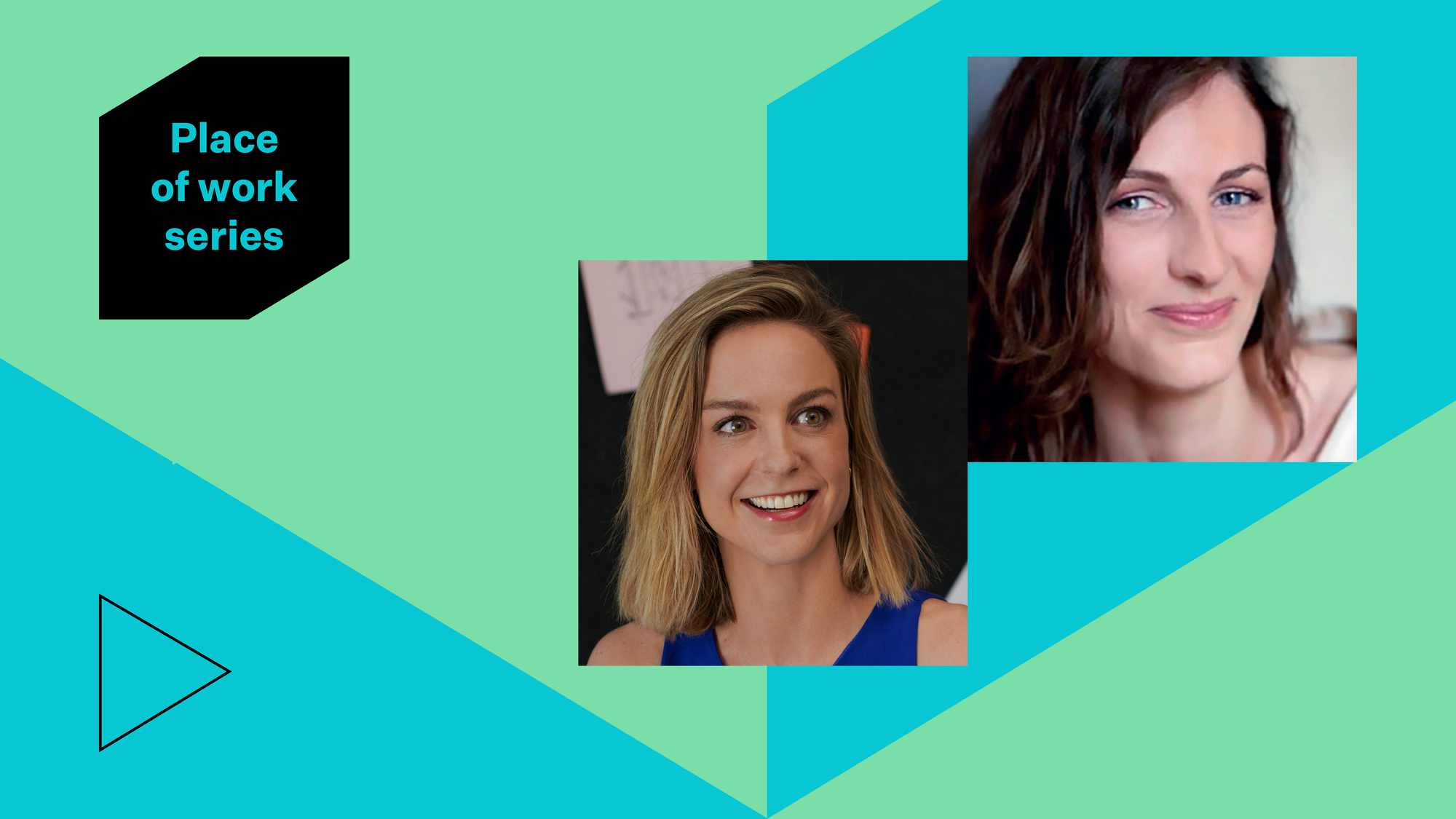










The architecture, engineering, and construction (AEC) community has long prioritised accessibility. It’s an excellent first step toward creating more inclusive workplaces, but there is more work to be done.
Accessible experiences aren’t always good experiences, nor do they necessarily support equity and inclusivity. Businesses – and the AEC organisations that support them – must go a step further to create equal experiences. Experiences that foster a genuine sense of belonging and honour the diversity of human beings in and beyond the workplace.
In this episode of Place of work, Frances Gain sits down with Mary Jude Reidy of Deezer to talk about the company’s unwavering commitment to D&I, and the successes and challenges that have come along with imbedding it into the fabric of the firm.
There’s a clear moral imperative to make workplaces more diverse and inclusive – it’s fundamentally the right thing to do. But there’s also a business case for prioritising diversity and inclusivity. When employees feel like they belong, it directly impacts their wellbeing and productivity. Here are two positive outcomes of an inclusive workplace:
Companies are finally welcoming people back to the office again. The problem is that many workers don’t want to return. While this issue doesn’t have an easy resolution, promoting psychological safety, wellbeing and inclusivity in the workplace is one way to get people excited to be there.
Innovation is at the forefront of most conversations our team has with today’s business leaders. Furthermore, innovation requires diversity of mind: if you have a group of people in a room who all look the same, think the same, and have the same life experiences, it’s hard to create an innovative culture. To their credit, many companies are prioritising diversity in their hiring practices. The critical next step is ensuring that all employees feel included once they join the company.
At M Moser, we work with clients to design built environments that support diversity and inclusion. Here are three elements we consider when designing for an inclusive workplace:
One of the most common questions we hear from clients who want to promote diversity and inclusion in the workplace is, “What next?”
The simple answer is: start a dialogue. Recognise that the conversation will be uncomfortable at times and that you won’t find a solution overnight. The important thing is for your team to begin establishing trust with one another and to listen to other people’s unique experiences.
It may be helpful to think about a time when you felt like you didn’t belong and share your own story. Vulnerability and openness can carry you through the initial awkwardness and down the path to building empathy.
Keep in mind that the dialogue won’t end with one conversation. You may need to partner with designers, strategists, and technologists to help solve some of the challenges you identify. If you find that you could benefit from outside support, our team at M Moser is here to help. Contact us today to bring us into the conversation.
Associate Director, Workplace Strategy and Transformation
Director, Workplace Strategy